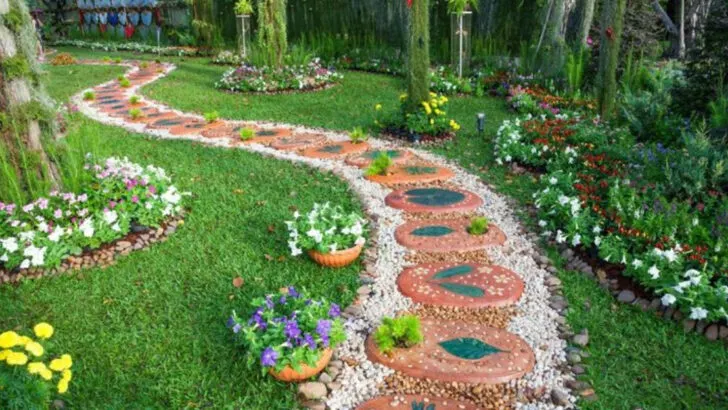You don’t need a mansion or a landscape architect to make your garden feel like a luxury retreat. With a few clever tweaks, the right plant pairings, and intentional styling, you can turn even the smallest outdoor space into a scene straight out of a boutique hotel. Luxury is a vibe—and it’s surprisingly easy to create with plants as your co-designer.
In this article, we’re sharing 19 garden design tricks that instantly elevate your outdoor space, from symmetry and focal points to statement pots, layered planting, and the use of color and texture. These ideas don’t require a total overhaul—just a few well-placed touches that make everything feel polished, cohesive, and serene.
At Plantisima, we believe gardens should feel like sanctuaries. Whether you have a courtyard, balcony, or backyard, these simple yet sophisticated tips will help you craft a space that’s not only beautiful, but also deeply calming and uniquely you.
Create a Focal Point
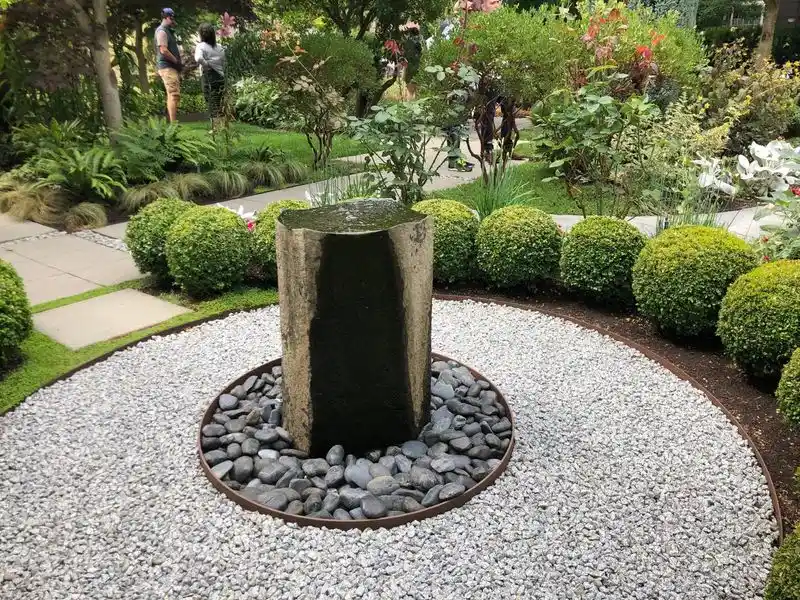
Incorporating a focal point can change the dynamics of your garden. A stunning fountain or a captivating sculpture draws the eye, giving your garden a sense of purpose. These elements offer not just visual interest but also create a conversation starter. Imagine guests entering your garden and immediately being drawn to a magnificent piece that embodies elegance. A well-placed focal point can turn a simple garden into a masterpiece, offering a central theme that ties all elements together. The right focal piece adds character and elevates the overall atmosphere. Consider scale and proportion for the best effect.
Incorporate Pathways
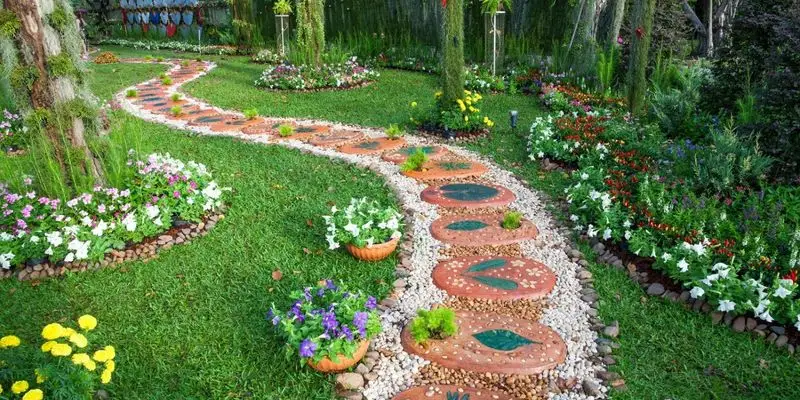
Pathways are like the veins of your garden, directing movement and guiding exploration. Using materials such as cobblestone or gravel not only adds texture but also brings a touch of old-world charm. Strategically placed paths can lead visitors on a journey, revealing hidden corners and secret nooks. The gentle curve of a pathway can soften the landscape, creating a sense of mystery and anticipation. Whether it’s a straight line or a winding route, each path invites wanderers to explore further, making the garden experience interactive and engaging. Choose materials that complement your home’s architecture for harmony.
Add Outdoor Lighting
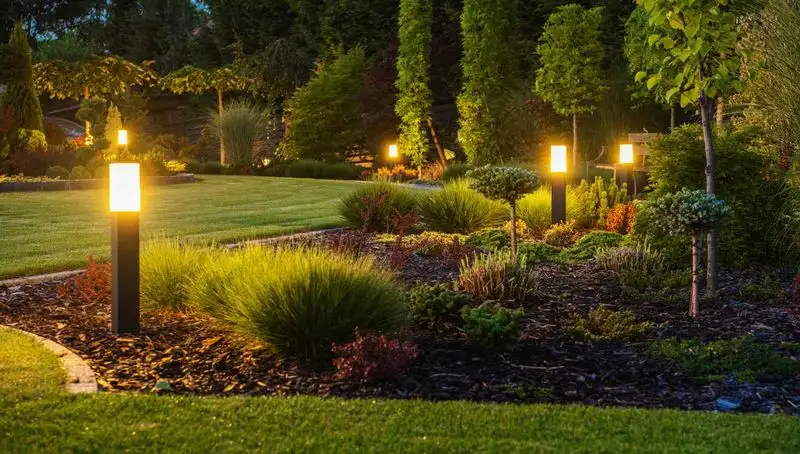
Outdoor lighting transforms a garden into a magical nighttime retreat. Soft, ambient lights can highlight your garden’s best features, creating a warm, inviting glow. Strategic placement of lights along paths, around water features, and under trees adds depth and dimension, making your garden enchanting after sunset. The play of shadows and light can evoke a sense of drama and romance, perfect for evening gatherings. Solar lights or LED options are both cost-effective and eco-friendly, ensuring sustainability. By day your garden is beautiful, but by night, it becomes an ethereal escape filled with wonder.
Install a Pergola
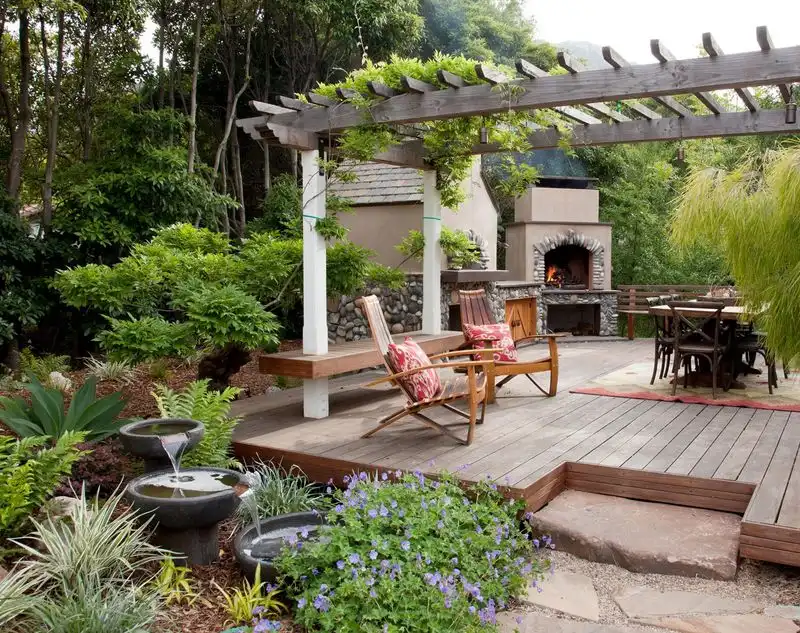
A pergola can redefine your outdoor space, offering both shade and style. With climbing plants weaving through, it creates a natural canopy that’s both functional and beautiful. A pergola invites leisurely afternoons and evening gatherings, providing comfort from the sun while maintaining an open-air feel. It serves as an architectural feature that can unify your garden design. Whether you choose wood for a rustic charm or metal for a modern look, a pergola adds a layer of luxury and sophistication. Personalize with string lights or fabric for added elegance.
Embrace Vertical Gardening
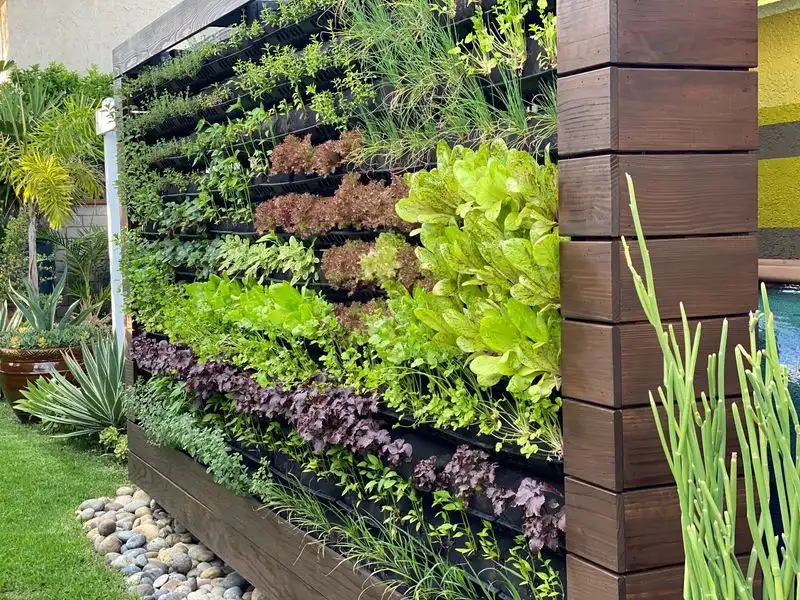
Vertical gardens are a brilliant solution for small spaces, offering a lush landscape where traditional gardening might be limited. These installations add height and interest, transforming bare walls into vibrant green tapestries. They can host a variety of plants, from herbs to ornamental flowers, maximizing your growing space. The visual impact is stunning, creating a sense of abundance and luxury. Vertical gardening also helps in insulating your space, keeping it cooler in summers. This innovative approach not only saves space but also enriches your garden’s aesthetic appeal.
Include Water Features
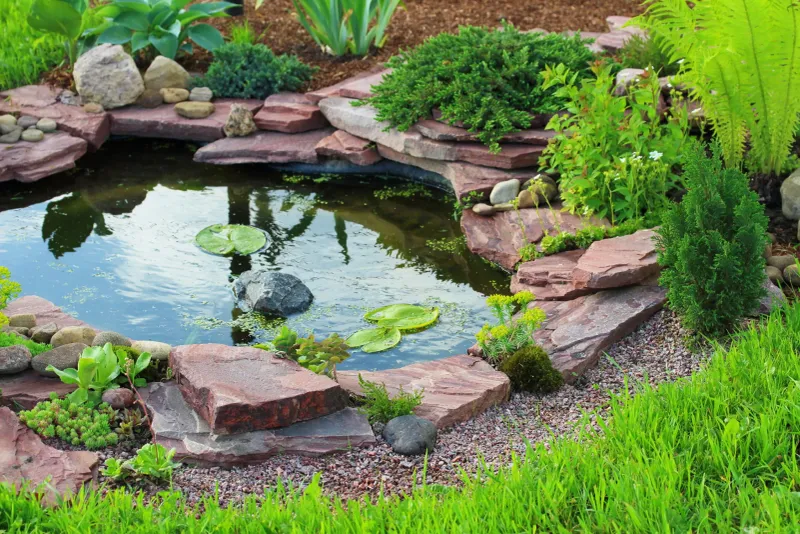
Water features introduce tranquility and movement into your garden. The gentle sound of flowing water can be incredibly soothing, creating a peaceful ambiance. Whether it’s a bubbling fountain, a serene pond, or a cascading waterfall, these elements bring life and energy to your space. Water features also attract wildlife, adding an element of nature’s charm. They can be as grand or subtle as you desire, fitting seamlessly into any garden design. From contemporary to traditional styles, water features enhance the sensory experience, making your garden a true sanctuary.
Set Up Cozy Seating Areas
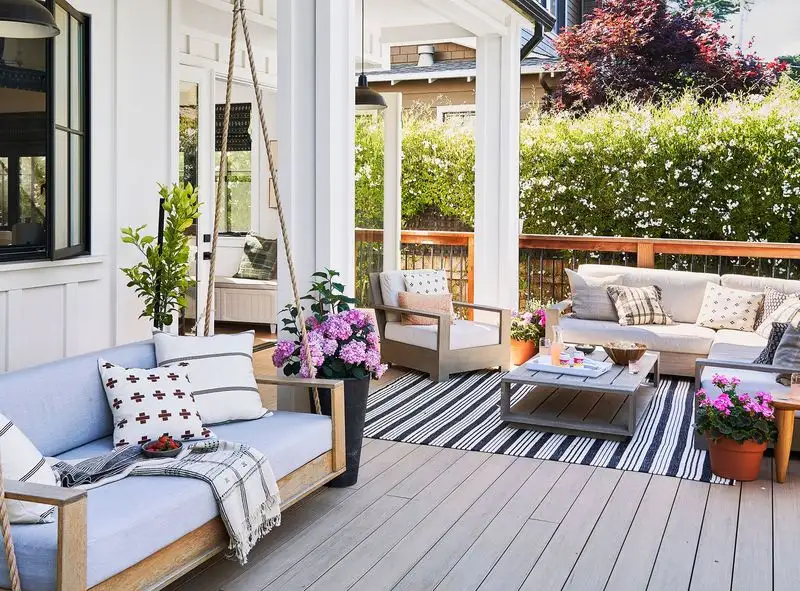
Creating a comfortable seating area in your garden invites relaxation and conversation. Imagine a quiet corner with plush cushions and sturdy chairs, where one can unwind with a book or enjoy a chat with friends. The placement is key; nestled under a tree or beside a fragrant flower bed offers a serene backdrop. Integrating natural materials like wood or wicker can enhance the garden’s organic feel. These areas become personal retreats within your garden, where one can truly relax and enjoy nature’s beauty.
Use Large Planters
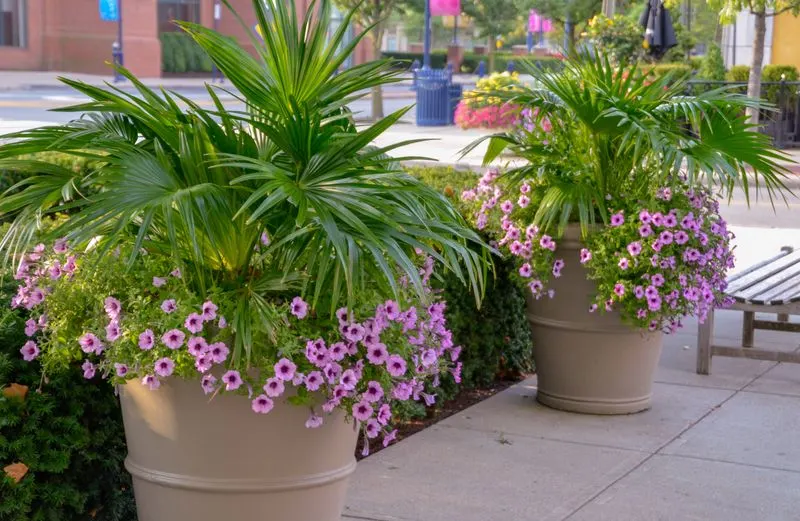
Large planters are not just practical; they’re statement pieces that can define the style of your garden. These vessels add height and drama, drawing the eye upwards and creating visual interest. Whether placed at an entrance or strategically throughout, they offer versatility in plant arrangements. Choose plants that cascade over the edges for a lush effect. Materials like ceramic, metal, or stone enhance the elegance and durability of the planters. Their mobility allows for easy rearrangement, suiting different seasons or events. Large planters are perfect for showcasing blooming flowers or lush evergreens.
Incorporate Sculptures and Art
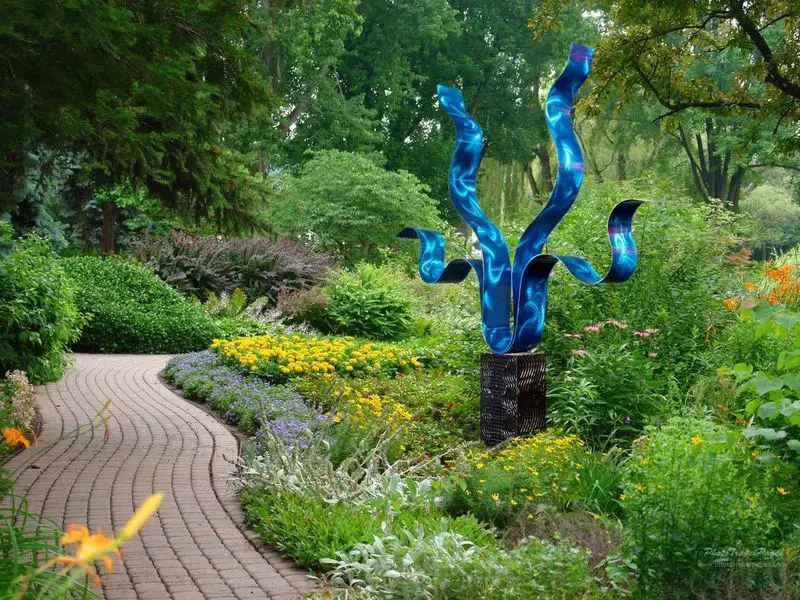
Sculptures and art pieces can transform your garden into an open-air gallery. These elements introduce personality and style, reflecting your taste and creativity. Whether you opt for abstract pieces, classical statues, or whimsical art, they can serve as focal points or subtle accents. Art in the garden creates a dialogue between natural and man-made beauty, offering surprise and delight as you wander. Materials like metal, stone, or glass can withstand the elements, ensuring longevity. Sculptures can evoke emotions, tell stories, or simply add an unexpected twist to the landscape.
Cultivate a Sensory Garden
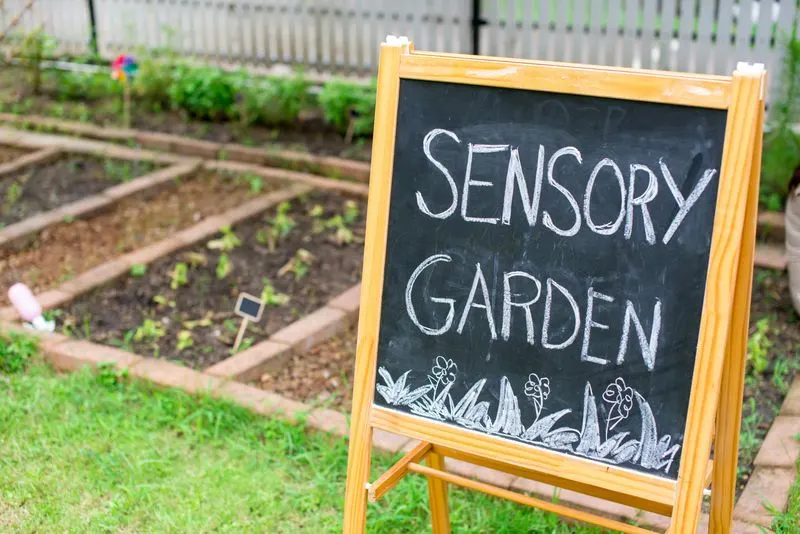
A sensory garden is designed to engage all five senses, offering a rich, immersive experience. Aromatic herbs like lavender or mint stimulate smell, while textured plants invite touch. Bright, colorful blooms can please the eye, and rustling grasses provide soothing sounds. Edible plants add taste, completing the sensory palette. These gardens cater to personal wellness, offering a therapeutic retreat. They can be particularly beneficial for those with sensory processing needs, providing a calming environment. The sensory garden is a testament to how thoughtful design can nurture both body and soul.
Plant in Layers
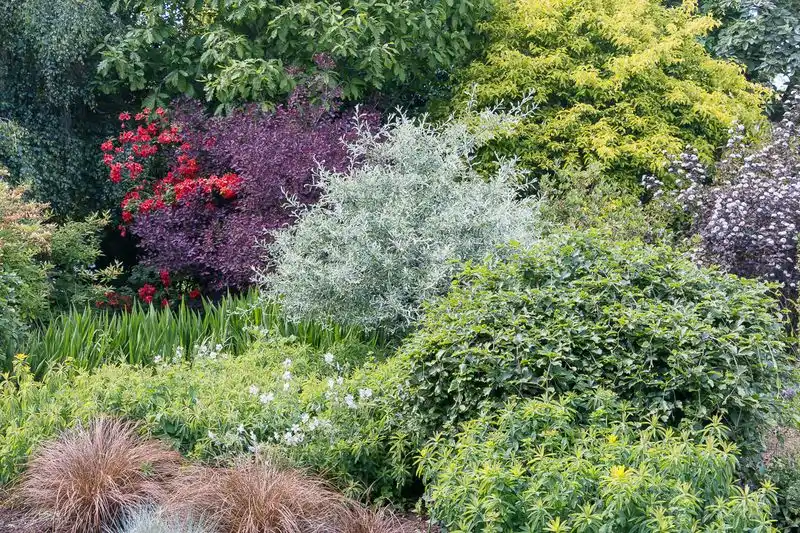
Layered planting creates depth, inviting exploration and adding dimension to your garden. By planting tall trees, medium shrubs, and low groundcovers, you orchestrate a harmonious blend of heights and textures. This technique mimics natural ecosystems, fostering biodiversity and resilience. Layering provides habitat for wildlife, enhancing your garden’s ecological value. The visual impact is striking, with each layer revealing intrigue and complexity. Thoughtful planting arrangements can highlight seasonal changes, ensuring your garden remains dynamic and engaging year-round. The result is a cohesive, beautiful landscape that looks effortlessly curated.
Establish a Garden Room
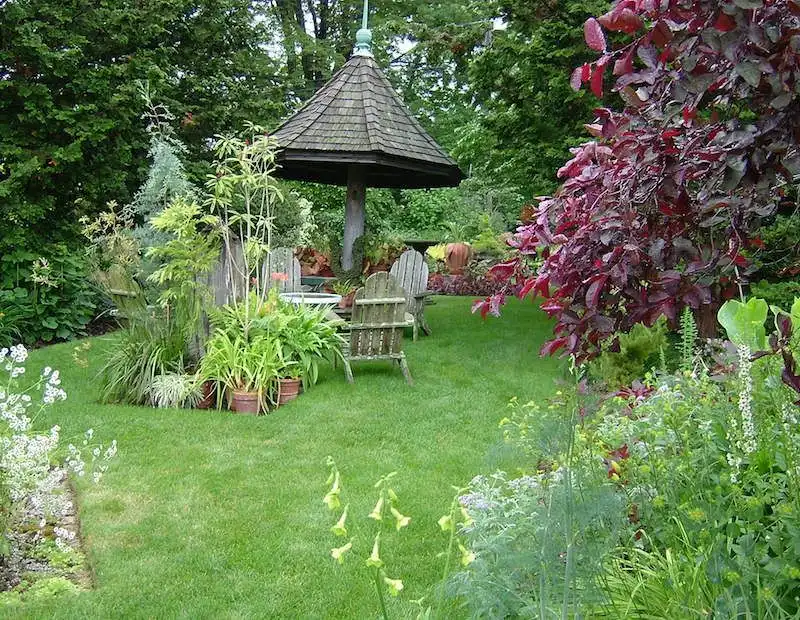
Garden rooms offer intimacy and structure, creating distinct areas for different activities. Using hedges, walls, or trellises, these spaces become outdoor extensions of your home. Each room can serve a unique purpose—be it dining, reading, or meditation. The sense of enclosure provides privacy, making these areas feel special and secluded. Garden rooms offer a sense of discovery, inviting visitors to explore and find their own favorite spot. Incorporating elements like outdoor sculptures or water features can personalize each room, adding charm and character.
Add a Fire Pit
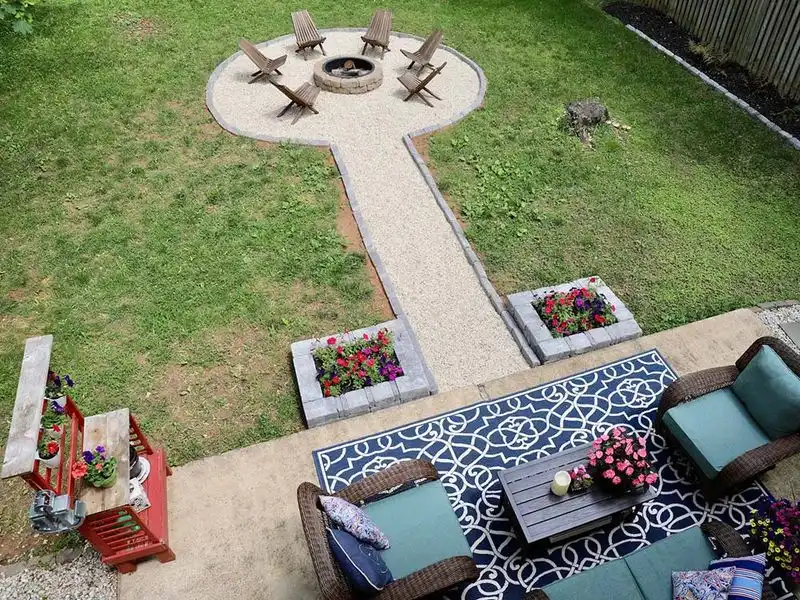
Fire pits offer warmth and a gathering place, turning a garden into an inviting retreat year-round. The flickering flames create an ambiance that’s hard to resist, perfect for storytelling and relaxation. A fire pit can serve as a focal point, anchoring seating arrangements and encouraging social interaction. Whether wood-burning or gas, they offer both function and style. Materials like stone or metal can complement your garden’s design. A fire pit not only extends the usability of your outdoor space but also introduces a dynamic element that draws people together.
Incorporate Edible Plants
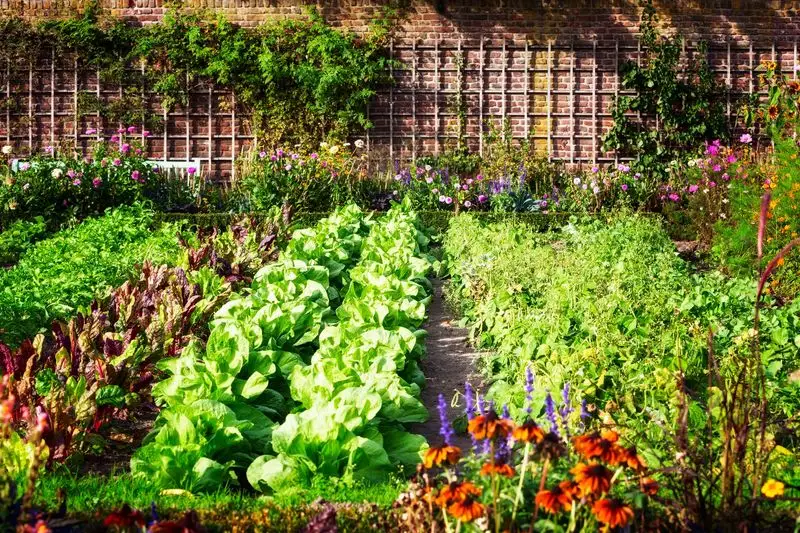
Incorporating edible plants into your garden design combines beauty with functionality. Imagine the delight of harvesting fresh herbs and vegetables right from your backyard. Edible landscapes are not just practical; they’re visually appealing, with vibrant colors and textures. These plants can be seamlessly integrated with ornamental flowers, creating a diverse and sustainable ecosystem. Growing your own food fosters a connection to the earth and encourages healthy eating habits. The presence of edible plants adds an element of surprise and delight, making your garden a true feast for the senses.
Integrate Natural Stone
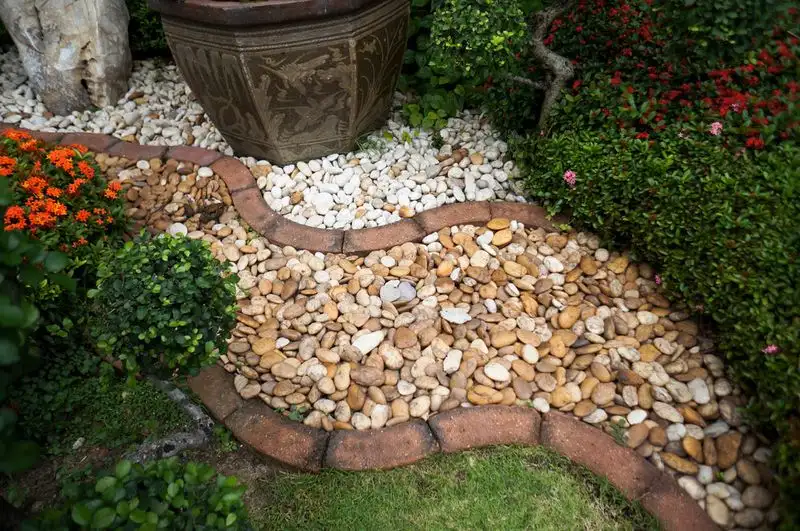
Natural stone brings texture, durability, and timeless beauty to garden design. Whether used for pathways, walls, or accents, stone integrates effortlessly with natural surroundings. Each piece is unique, offering character and charm. Stone can define spaces, add structure, and enhance visual interest. Its earthy tones complement any garden palette, from modern to rustic. Using stone in combination with plants creates a stunning contrast, highlighting the softness of foliage against rugged textures. Besides aesthetics, natural stone is low maintenance and can withstand the elements, ensuring longevity in your garden.
Implement Garden Zones
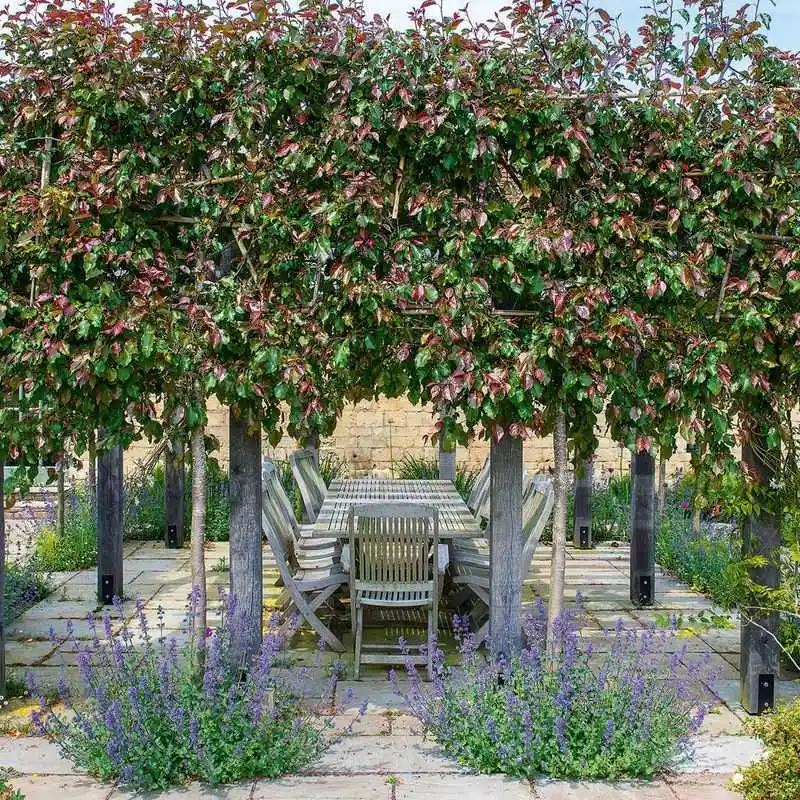
Creating distinct zones within your garden allows for purposeful design, catering to various activities and moods. Dividing the space can be achieved through plantings, structures, or pathways. Each zone serves a different function, whether for play, relaxation, or cultivation. This approach maximizes the utility of your garden, ensuring every corner is used effectively. Zoning adds structure and flow, making larger gardens feel organized and smaller ones more spacious. Personalize each area with specific plants and features to enhance their unique purpose, creating a garden that’s dynamic and versatile.
Use Reflective Surfaces
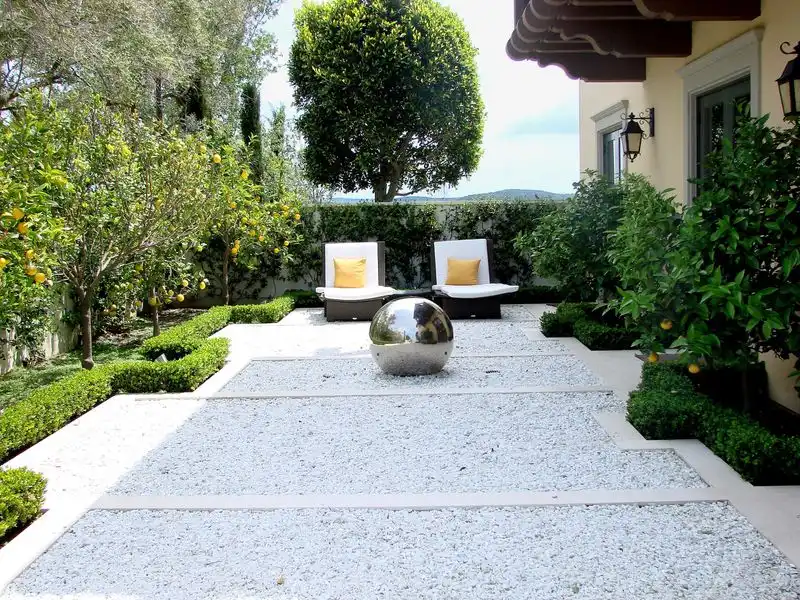
Reflective surfaces add a sense of space and light, enhancing your garden’s ambiance. A still pond or mirrored decorative elements can create illusions of depth, making small areas feel larger. Reflections also double the beauty of your plants and sky, offering a dynamic view that changes with the time of day and weather. These surfaces invite contemplation and add a tranquil, meditative quality. Incorporating water or mirrors strategically can also highlight focal points or art pieces. This technique elevates a garden’s luxury feel, transforming ordinary views into extraordinary vistas.
Opt for Symmetry
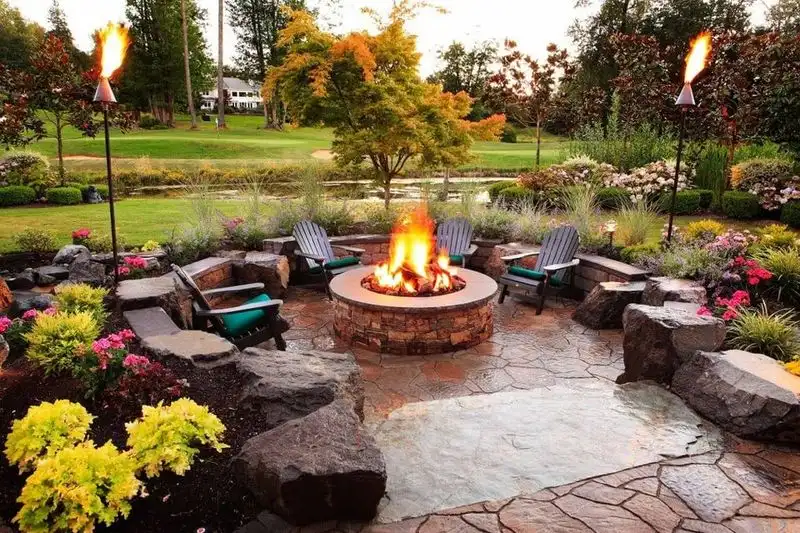
Symmetry offers balance and order, creating a visually pleasing garden design. This approach is often seen in formal gardens, where evenly spaced elements provide structure and elegance. Symmetrical layouts guide the eye naturally, instilling a sense of calm and harmony. By mirroring elements like pathways, planting beds, or water features, you can achieve a cohesive and timeless look. Symmetry doesn’t mean rigidity; it can be adapted to suit modern or informal styles. The predictability of symmetrical arrangements contrasts beautifully with the garden’s organic growth, offering a touch of refined luxury.

